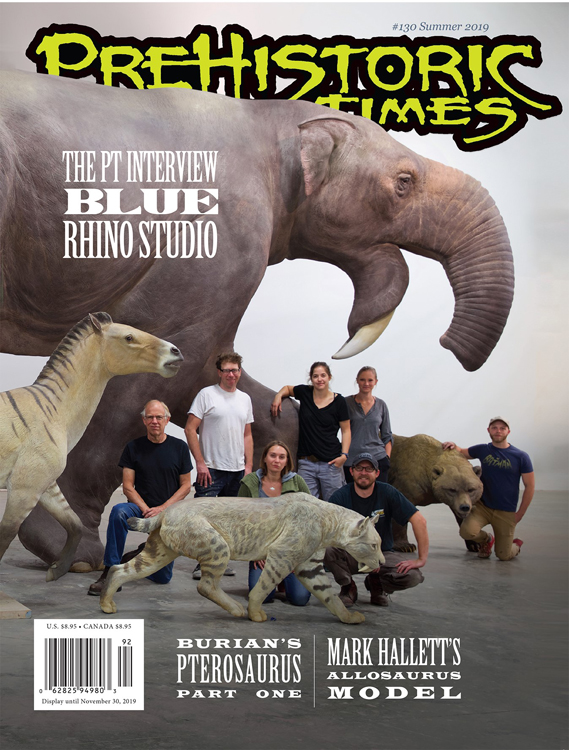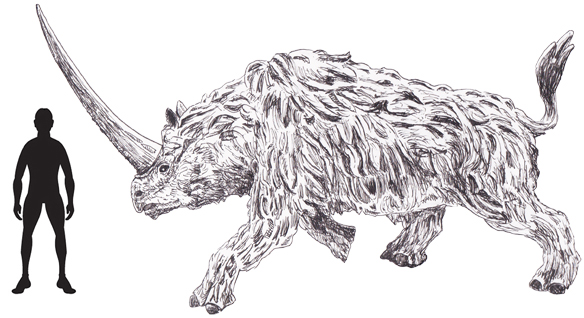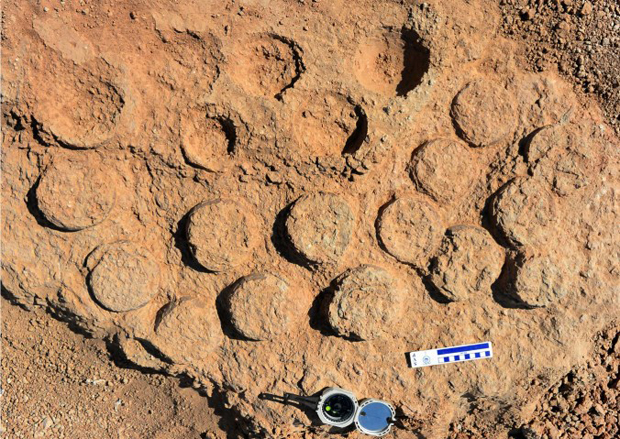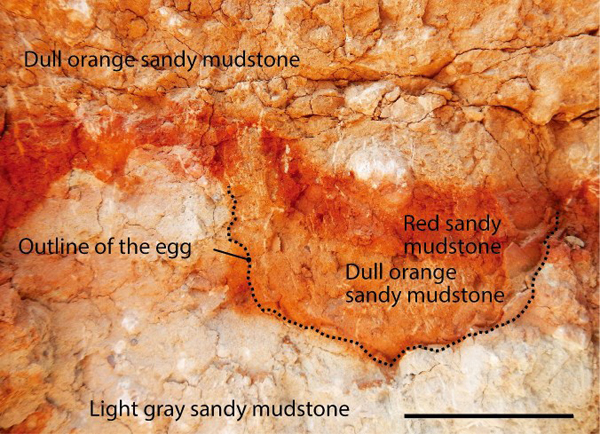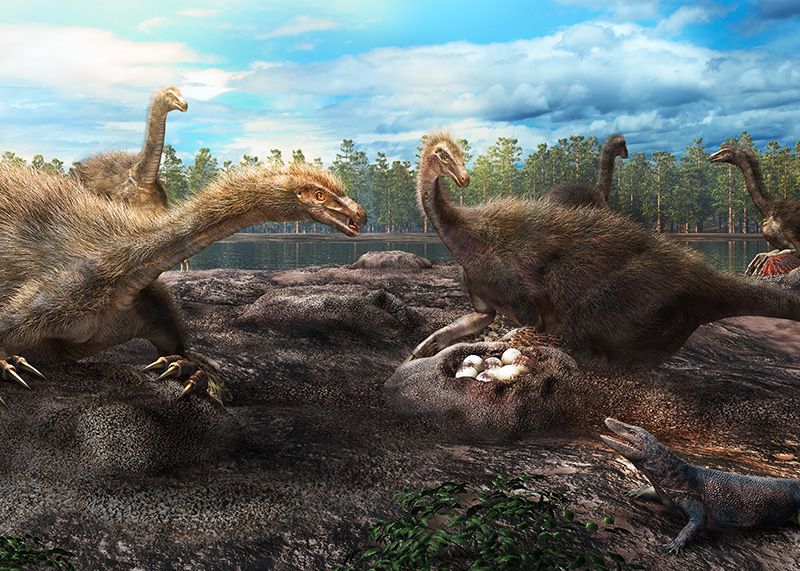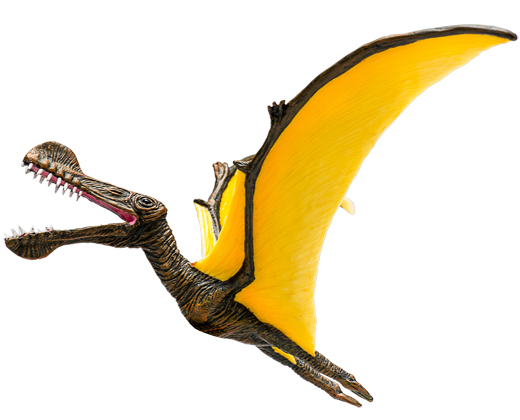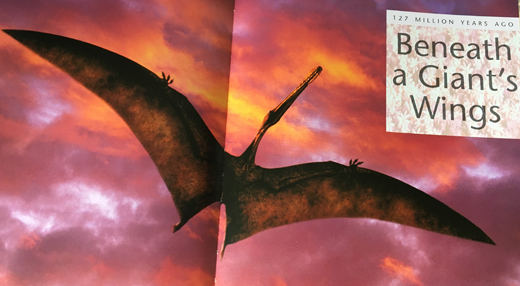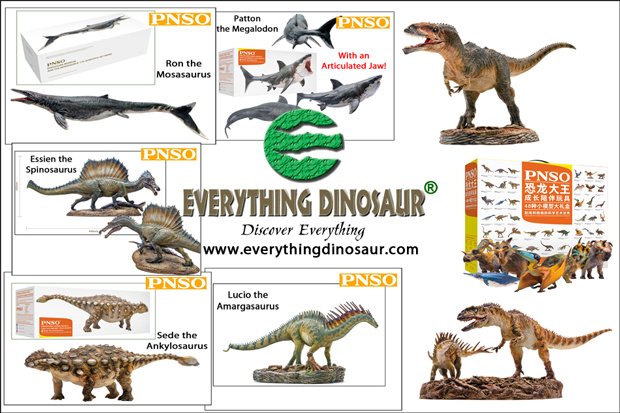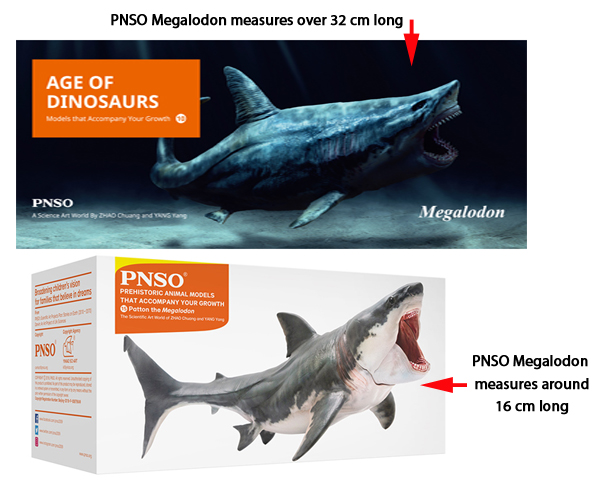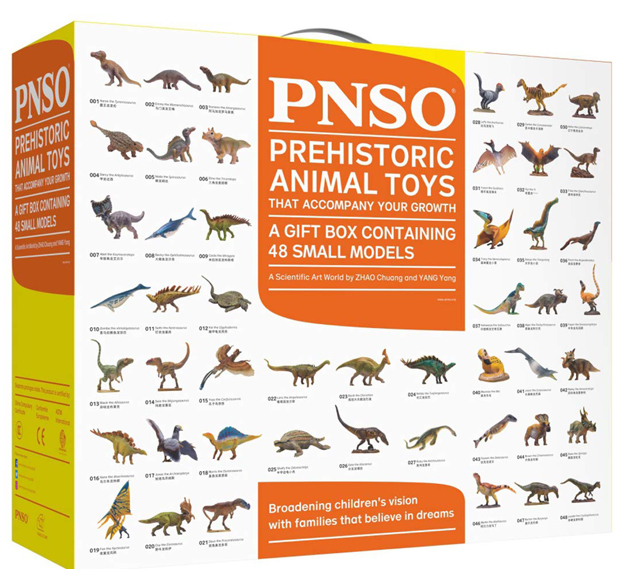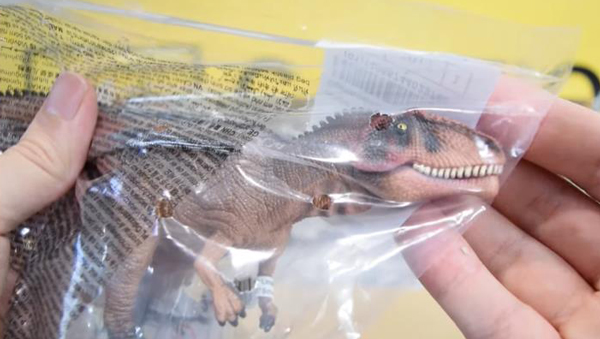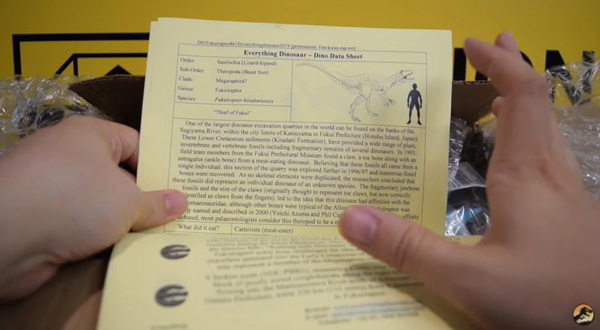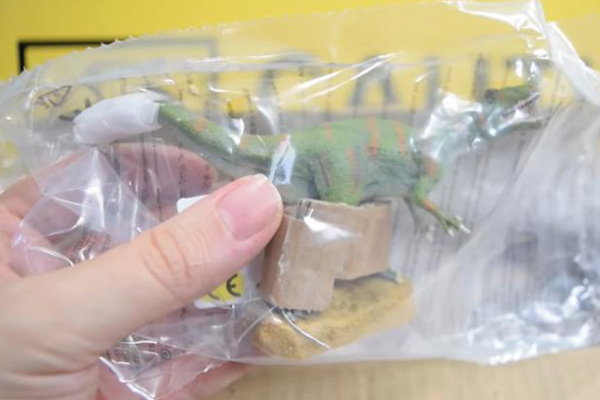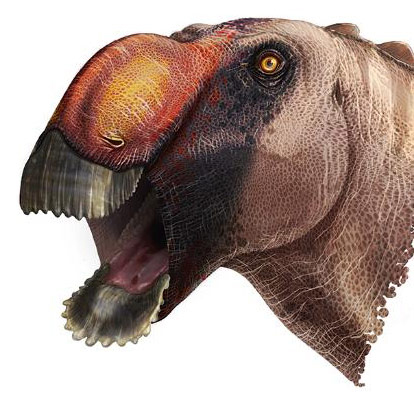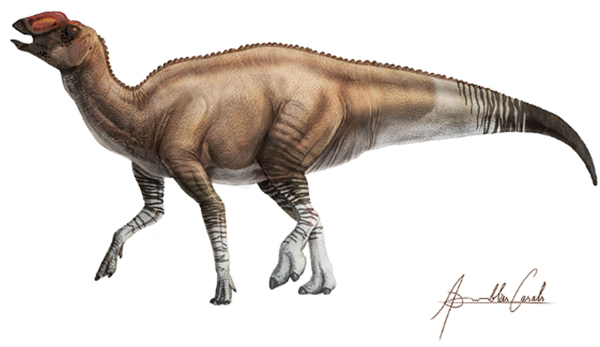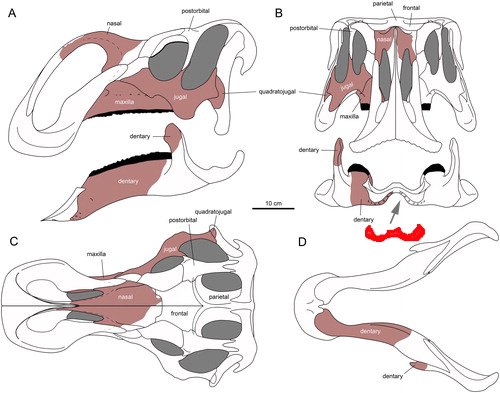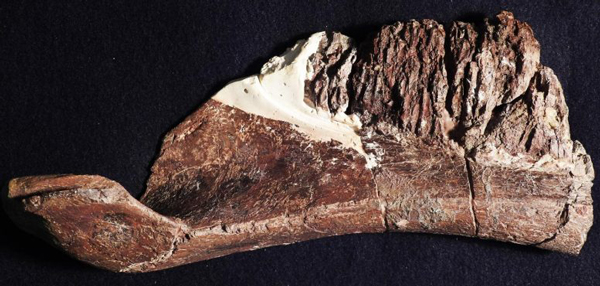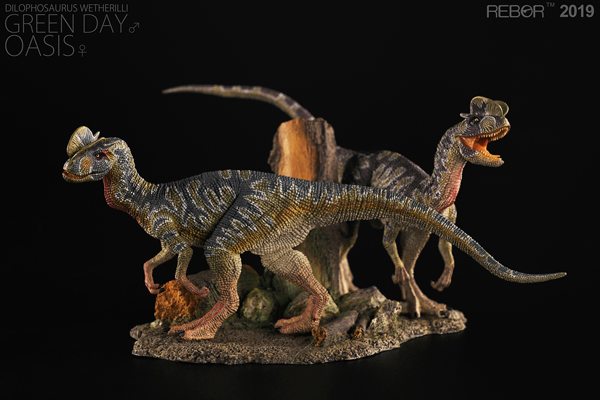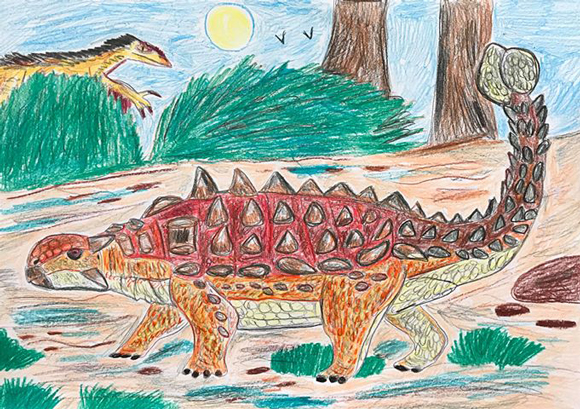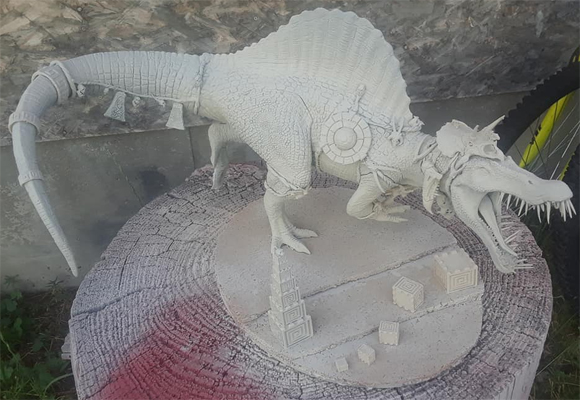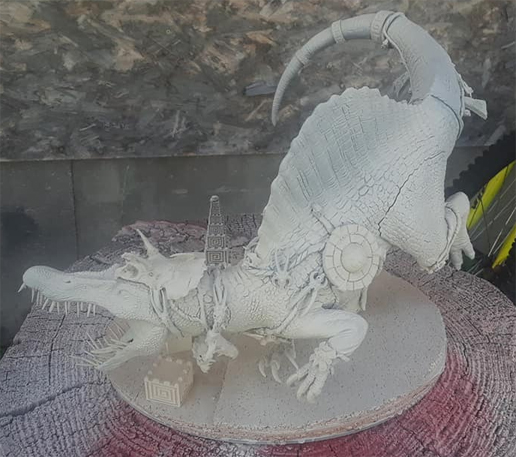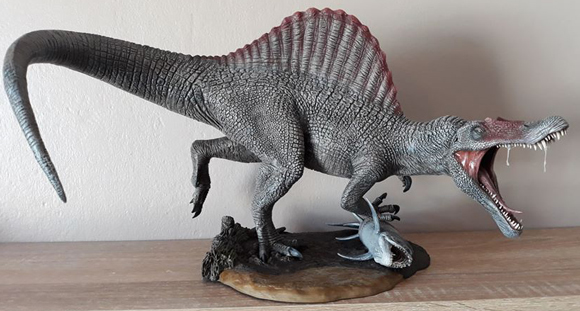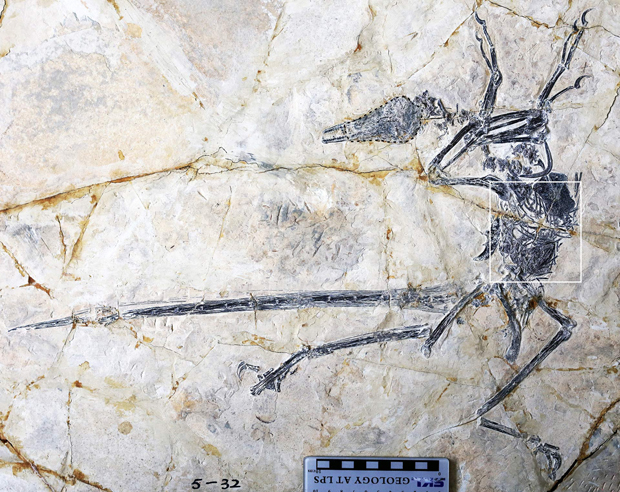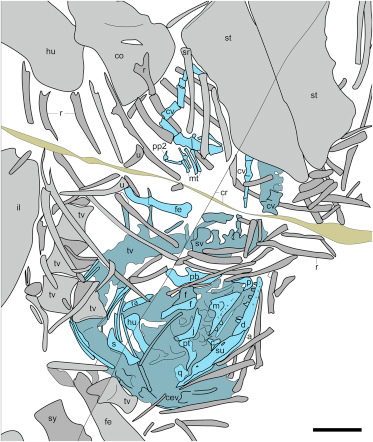The New Prehistoric Times Magazine Issue 130 Reviewed
Prehistoric Times Magazine Issue 130 Reviewed
The latest edition of “Prehistoric Times” magazine has arrived at the offices of Everything Dinosaur. This magazine is published quarterly and issue 130 (summer 2019), is packed full of reader’s palaeort, news about prehistoric animal discoveries, dinosaur model news, interviews, articles and so much more.
The Front Cover of Prehistoric Times (Issue 130)
Picture credit: Mike Fredericks
A “Prehistoric Times” with a Sophisticated Cover
Inside the magazine, there is an interview with Timothy Quady of Blue Rhino Studio, the Minnesota-based producers of life-size prehistoric animal replicas for museums. The front cover shows some examples of the team’s incredible work and best of all, this issue has a wrap around cover so readers can view a couple of additional Blue Rhino Studio sculpts.
Issue 130 of “Prehistoric Times” Magazine Has a Wrap Around Cover
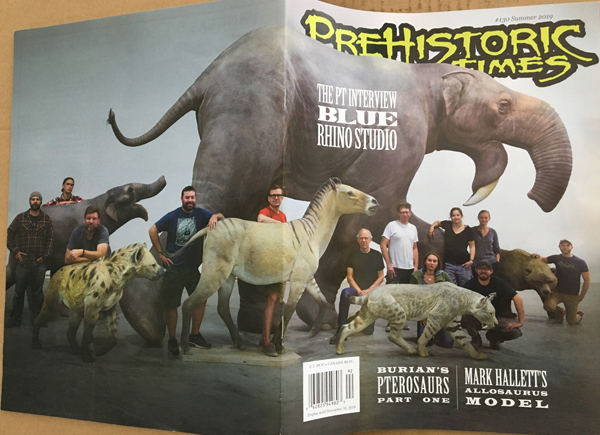
Picture credit: Everything Dinosaur
Pterosaur Artwork by Burian
John Lavas continues his detailed examination of the artwork of the influential Zdeněk Burian. This edition features pterosaurs and there are some excellent examples of the famous Czech illustrator’s work including depictions of Rhamphorhynchus and Pterodactylus.
Phil Hore provides two prehistoric animal articles, the first on Allosaurus resulted in editor Mike Fredericks being inundated with images of this Late Jurassic predator. Look out for fantastic illustrations by Luis Rey, Jorge Blanco, Mark Hallett and John Sibbick. The second Phil Hore article discusses the enigmatic Elasmotherium, which ties in nicely to Mike Frederick’s “What’s New” review as it features the Elasmotherium illustration that we commissioned, when discussing the release of the CollectA Deluxe Elasmotherium figure.
Elasmotherium Featured in the Magazine
Picture credit: Everything Dinosaur
The Everything Dinosaur website: Everything Dinosaur.
Eagle-eyed readers may also spot the image showing five of the new for 2019 Schleich prehistoric animal figures which is displayed on page 35. This image was created by us and used to announce the first batch of new for 2019 Schleich figures back in December 2018. The vast majority of the figures discussed in this article are already available from Everything Dinosaur, an exception being the limited edition Papo Spinosaurus which has now been delayed until the autumn.
Prehistoric Animal and Fossil News in “Prehistoric Times”
Recent news stories featuring fossil discoveries are succinctly covered in the “Paleonews” section, look out for a story about a small T. rex relative from New Mexico and a stark illustration of the power of Sabre-toothed cats, which could puncture the skulls of rivals. Issue 130 also includes a fascinating look at the creation of a four-foot-long Bronze Allosaurus sculpture by Mark Hallett. Tracy Lee Ford continues the Late Jurassic theme focusing on how to draw the body of Stegosaurus, with a particularly helpful review of Stegosaur plate shapes.
To subscribe to this quarterly magazine: Subscribe to Prehistoric Times.


